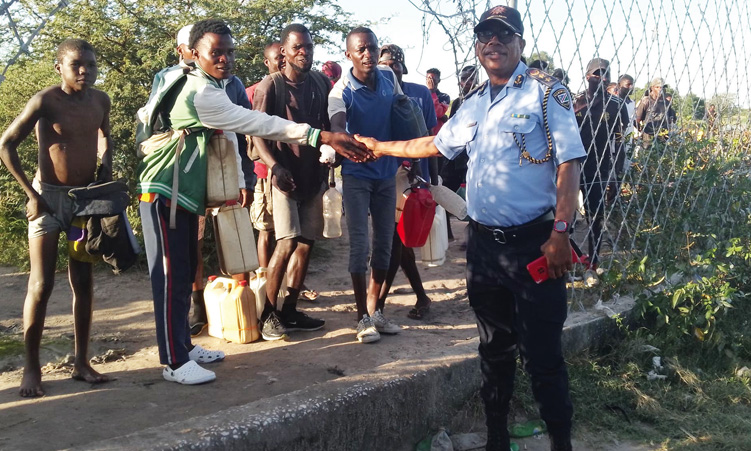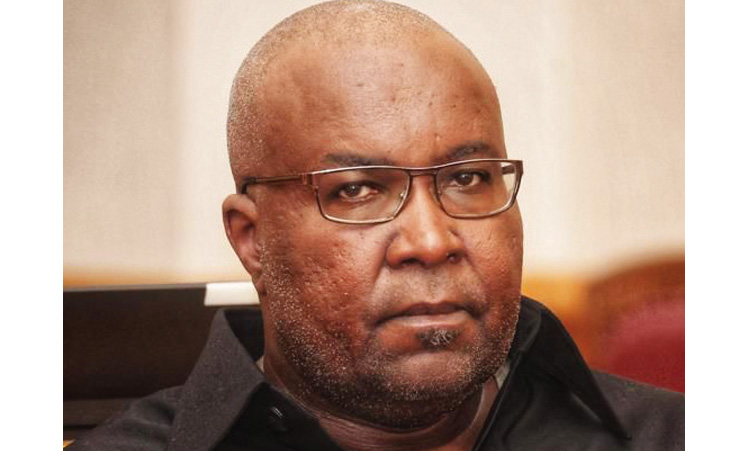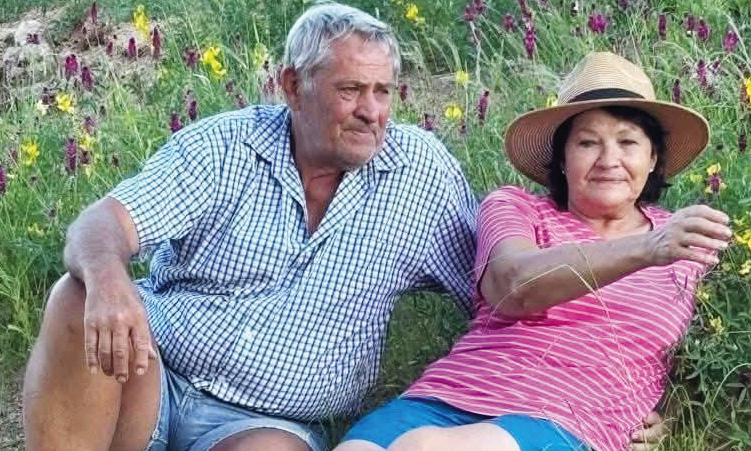THE United Nations has named Namibia as one of three countries in Africa where more than 25 per cent of people eligible to receive anti-retroviral treatment have access to it.
In a recent report to the UN, Secretary General Kofi Annan informed the world body that the other two countries were Botswana and Uganda. Uganda started with anti-retroviral treatment for HIV-AIDS patients about seven years ago and Botswana around four years ago.”Since Namibia only started in August-September 2003, we all have much reason to be proud of what we have achieved in such short time.Obviously, much remains to be done however,” said the Under Secretary of Health in the Ministry of Health and Social Services, Dr Norbert Forster.At last count (June 24), there were 17 000 patients on treatment in both public and private sector institutions in Namibia.According to Forster, the estimated number of Namibians in need of treatment stood at around 56 000.He said the anti-retroviral rollout could never go fast enough because of the high number of people who needed the drugs.Last week, the World Health Organisation (WHO) and the Joint United Nations Programme on HIV-AIDS (UNAIDS) said the much-heralded ‘3by5’ initiative was “unlikely” to be achieved by the end of this year, an announcement that placed even greater urgency on the need to scale up access to other care options that keep people with HIV alive while they wait for anti-retroviral (ARV) drugs.The two UN agencies had hoped that through the ‘3by5’ initiative three million people would have access to the medicines by the end of 2005.That now looked out of reach.According to the AIDS-Care-Watch campaign – a civil society-led initiative with over 240 partner organisations worldwide – 85 per cent of unmet ARV needs were concentrated in just 20 countries, where providing the drugs was particularly challenging.AIDS-Care-Watch campaign said the 3by5 disappointment indicated that where large unmet ARV needs persisted, a broad package of other readily available treatment and care options should be urgently provided to keep people with HIV alive while they wait for ARVs programmes to deliver on their promise.For example, care services should also provide prevention and treatment of HIV-associated opportunistic infections, such as tuberculosis (TB), to which people with HIV are especially susceptible.Uganda started with anti-retroviral treatment for HIV-AIDS patients about seven years ago and Botswana around four years ago.”Since Namibia only started in August-September 2003, we all have much reason to be proud of what we have achieved in such short time.Obviously, much remains to be done however,” said the Under Secretary of Health in the Ministry of Health and Social Services, Dr Norbert Forster.At last count (June 24), there were 17 000 patients on treatment in both public and private sector institutions in Namibia.According to Forster, the estimated number of Namibians in need of treatment stood at around 56 000.He said the anti-retroviral rollout could never go fast enough because of the high number of people who needed the drugs.Last week, the World Health Organisation (WHO) and the Joint United Nations Programme on HIV-AIDS (UNAIDS) said the much-heralded ‘3by5’ initiative was “unlikely” to be achieved by the end of this year, an announcement that placed even greater urgency on the need to scale up access to other care options that keep people with HIV alive while they wait for anti-retroviral (ARV) drugs.The two UN agencies had hoped that through the ‘3by5’ initiative three million people would have access to the medicines by the end of 2005.That now looked out of reach.According to the AIDS-Care-Watch campaign – a civil society-led initiative with over 240 partner organisations worldwide – 85 per cent of unmet ARV needs were concentrated in just 20 countries, where providing the drugs was particularly challenging.AIDS-Care-Watch campaign said the 3by5 disappointment indicated that where large unmet ARV needs persisted, a broad package of other readily available treatment and care options should be urgently provided to keep people with HIV alive while they wait for ARVs programmes to deliver on their promise.For example, care services should also provide prevention and treatment of HIV-associated opportunistic infections, such as tuberculosis (TB), to which people with HIV are especially susceptible.
Stay informed with The Namibian – your source for credible journalism. Get in-depth reporting and opinions for
only N$85 a month. Invest in journalism, invest in democracy –
Subscribe Now!










